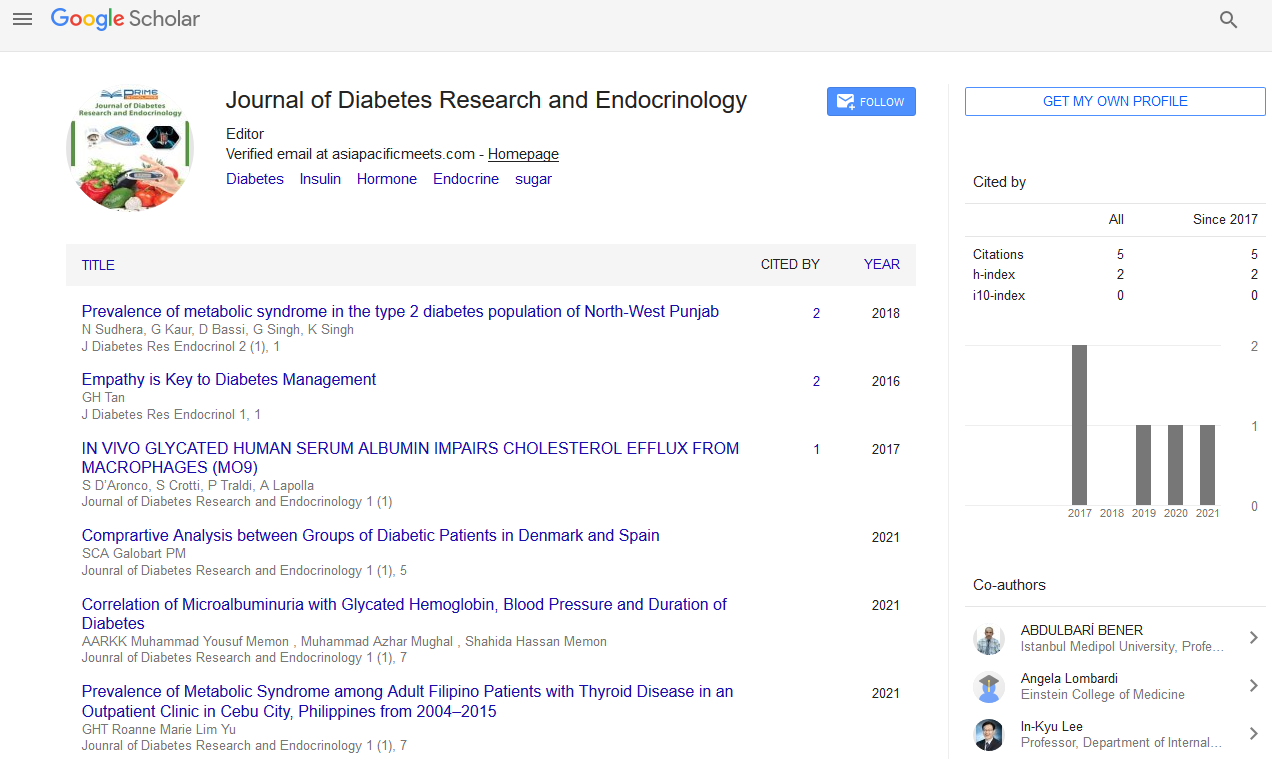Commentary - (2024) Volume 8, Issue 3
Telemedicine: Transforming Healthcare Delivery
Ashika Yong*
Department of Diabetes, Princeton University, USA
*Correspondence:
Ashika Yong,
Department of Diabetes, Princeton University,
USA,
Email:
Received: 02-Sep-2024, Manuscript No. IPJDRE-24-21867;
Editor assigned: 04-Sep-2024, Pre QC No. IPJDRE-24-21867 (PQ);
Reviewed: 18-Sep-2024, QC No. IPJDRE-24-21867;
Revised: 23-Sep-2024, Manuscript No. IPJDRE-24-21867(R);
Published:
30-Sep-2024, DOI: 10.36648/ipjdre.08.03.24
Description
Telemedicine, the remote delivery of healthcare services
through telecommunications technology, has rapidly
transformed the healthcare landscape. With the advent of
smartphones, video conferencing, and digital health platforms,
telemedicine has become an essential component of modern
healthcare, providing patients with access to medical care
without the need to visit a healthcare facility. This article
explores the benefits, challenges, and future of telemedicine.
One of the most significant advantages of telemedicine is its
ability to increase access to healthcare services, particularly
for individuals in rural or underserved areas. Patients can
consult with healthcare providers without traveling long
distances, thereby reducing barriers related to geography and
transportation. Telemedicine allows patients to receive care
from the comfort of their homes, saving time and effort. This
convenience is particularly beneficial for individuals with busy
schedules or those who have mobility challenges. Patients
can schedule appointments outside of traditional office
hours, making healthcare more adaptable to their needs.
Telemedicine can be more cost-effective for both patients and
healthcare providers. Patients save on travel expenses and time
off work, while healthcare systems can reduce overhead costs
associated with maintaining physical facilities. Additionally,
telemedicine can help decrease hospital readmissions by
providing timely follow-up care. Telemedicine encourages
patients to take an active role in their healthcare. With easier
access to providers, patients may feel more empowered to seek
help, ask questions, and follow treatment plans. This increased
engagement can lead to better health outcomes. Telemedicine
facilitates ongoing communication between patients and
healthcare providers, which is crucial for managing chronic
conditions. Regular virtual check-ins can help monitor patients’
progress, adjust treatment plans as needed, and provide timely
interventions. Despite its many benefits, telemedicine faces
several challenges Not all patients have access to the necessary
technology or internet connectivity required for telemedicine
services. This digital divide can exacerbate health disparities,
particularly among older adults and low-income populations.
The legal landscape for telemedicine is complex and varies by
region. Issues such as licensure, reimbursement policies, and
privacy regulations can hinder the widespread adoption of
telemedicine practices. Some critics argue that telemedicine
may compromise the quality of care. In-person examinations
allow for more comprehensive assessments, and certain
conditions may require physical evaluations that telemedicine
cannot provide. Establishing rapport and trust between
patients and providers can be more challenging in a virtual
setting. Non-verbal cues and personal interactions are often
diminished in telemedicine consultations, which can impact the
patient experience. The COVID-19 pandemic accelerated the
adoption of telemedicine, leading to widespread acceptance
among patients and providers. As healthcare systems continue
to integrate telemedicine into their offerings, several trends
are likely to shape its future. The use of wearable devices and
health apps can enhance telemedicine by providing real-time
data on patients’ health, allowing for more informed remote
consultations. Telemedicine is evolving beyond primary care
to include specialties such as mental health, dermatology,
and chronic disease management, broadening its applicability
and reach. Continued advocacy for supportive policies, such
as reimbursement for telehealth services and streamlined
regulatory processes, will be crucial for the sustainable growth
of telemedicine. Future telemedicine platforms may focus
on personalized care plans that consider individual health
needs, preferences, and goals, enhancing patient satisfaction
and outcomes. Telemedicine represents a significant shift in
healthcare delivery, offering numerous benefits while also
presenting challenges that must be addressed.
Acknowledgement
None.
Conflict Of Interest
None.
Citation: Yong A (2024) Telemedicine: Transforming Healthcare Delivery. J Diab Res Endocrinol. 8:24.
Copyright: © 2024 Yong A. This is an open-access article distributed under the terms of the Creative Commons Attribution License,
which permits unrestricted use, distribution, and reproduction in any medium, provided the original author and source
are credited.

